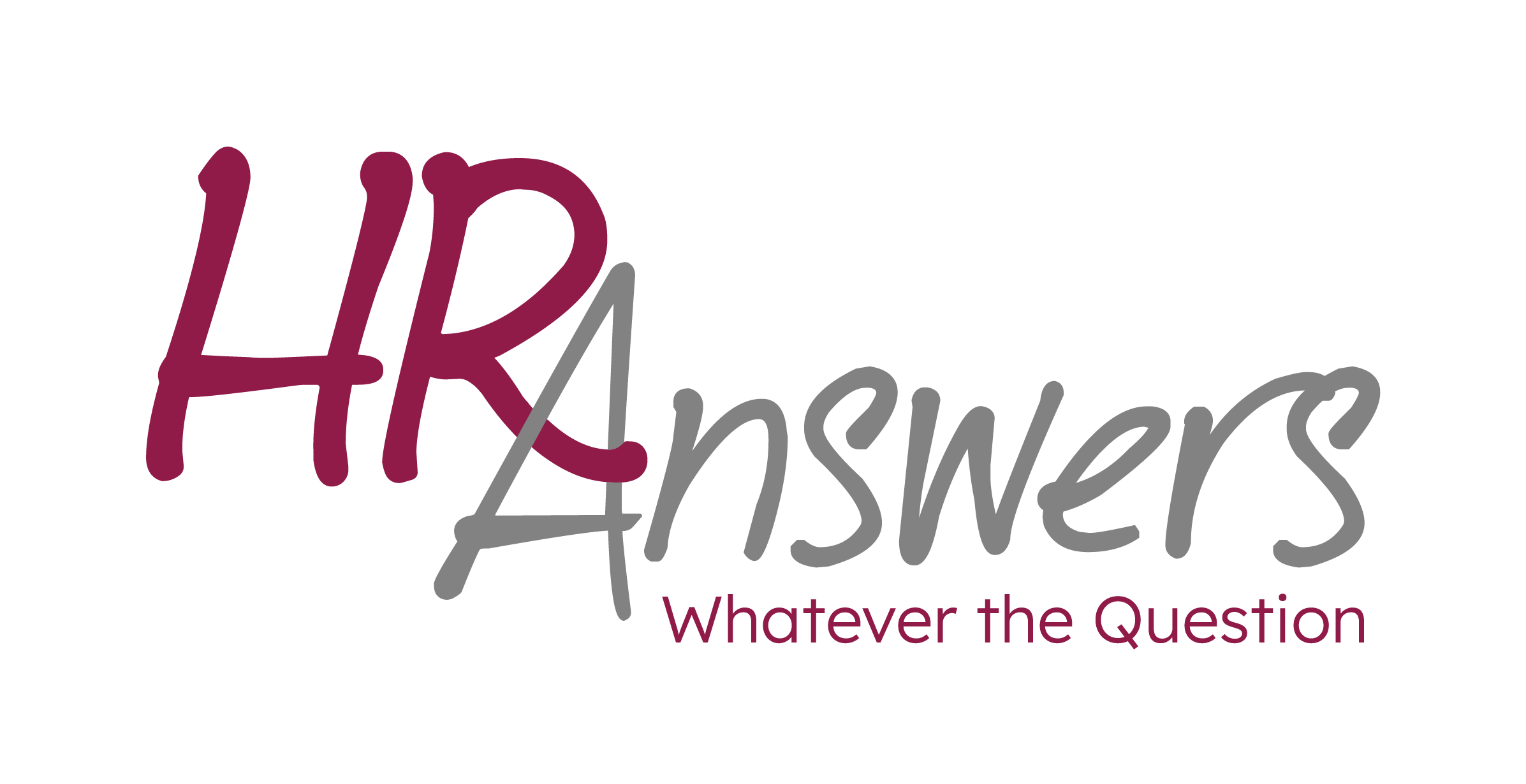Trust and Verify!

Client: I have a remote employee, and I want to make sure they’re staying productive. But I don’t want to come across like I’m micromanaging or checking up on them constantly. How do I strike the right balance?
Consultant: Great question. The key is setting clear expectations, building trust, and focusing on results while making sure you follow wage and hour laws—especially if they’re non-exempt and need to track their time accurately.
Client: Right, but I don’t want to be clock-watching. How do I set expectations without making them feel like I don’t trust them?
Consultant: Start with transparency. Let them know it’s not about tracking their every move—it’s about ensuring accountability and legal compliance.
You could say:
“I trust you to manage your time well, and since this is a remote role, we need to make sure we’re following company policies on work hours. Let’s go over expectations so we’re both clear.”
For non-exempt employees, this includes tracking their actual work time and taking required breaks for the geographic location they are completing work.
Client: That’s helpful. What’s the best way to check in without micromanaging?
Consultant: Structure is your friend here. A weekly check-in for priorities, plus quick daily or midweek updates, keeps things on track without overdoing it.
Try this:
“Let’s do a quick 15-minute check-in every Monday to go over priorities. For non-exempt staff, I’ll also need you to submit your time [frequency] so we’re compliant. If you ever run into challenges, don’t wait—reach out.”
For non-exempt employees, you might also say:
“Because of labor laws, it’s important that you’re accurately tracking all hours worked, including breaks and overtime. Let’s make sure we have a simple system that works for you.”
This ensures compliance without making them feel like they’re under a microscope.
Client: What if I start noticing signs that they’re slacking—like slow response times or missed deadlines?
Consultant: That’s when you move from assumption to conversation. Check in before jumping to conclusions.
You could say:
“I’ve noticed some delays in responses and a few missed deadlines. I want to check in—are you running into any challenges that I can help with?”
If it’s a time-tracking issue for a non-exempt employee, reinforce the importance of accurately logging work hours:
“I also want to remind you that we need to ensure your hours are correctly reported. Let’s talk through how to keep everything on track.”
Client: What if they keep missing deadlines but always have an excuse?
Consultant: That’s when you shift from conversation to accountability. Be clear about expectations and consequences.
Try this:
“I understand that things come up, and consistent delays impact the team. Moving forward, I need to see improvement in meeting deadlines. Let’s outline a plan to make that happen.”
For a non-exempt employee, you could add:
“And just a reminder—if you need to work extra time to catch up, it must be approved in advance to comply with overtime policies.”
This sets a firm and fair boundary.
Client: How do I keep them engaged so they don’t feel isolated?
Consultant: Remote employees—especially non-exempt ones—can feel disconnected. Small efforts make a big difference.
Try:
-Regular team video calls (even if they’re short)
-Encouraging casual Slack/Teams conversations
-Recognizing wins publicly
-Checking in on them—not just their work
You could say:
“I want to make sure you feel connected to the team. Let’s find ways to keep communication strong so you always feel in the loop.”
For non-exempt staff, also remind them:
“We want you engaged, and we also need to follow labor laws. If you’re working outside your scheduled hours, we need to discuss why.”
Client: That’s really helpful. So the key is setting expectations, checking in without overdoing it, and making sure non-exempt employees track their hours correctly?
Consultant: Exactly! Focus on results, not minute-by-minute activity. And for non-exempt employees, clear guidelines on hours and breaks ensure compliance and accountability.
And, if you ever need help with compliance in various locations, we’re here for you.
Looking for previously written Advantage eNewsletters or HR ALERTS?
